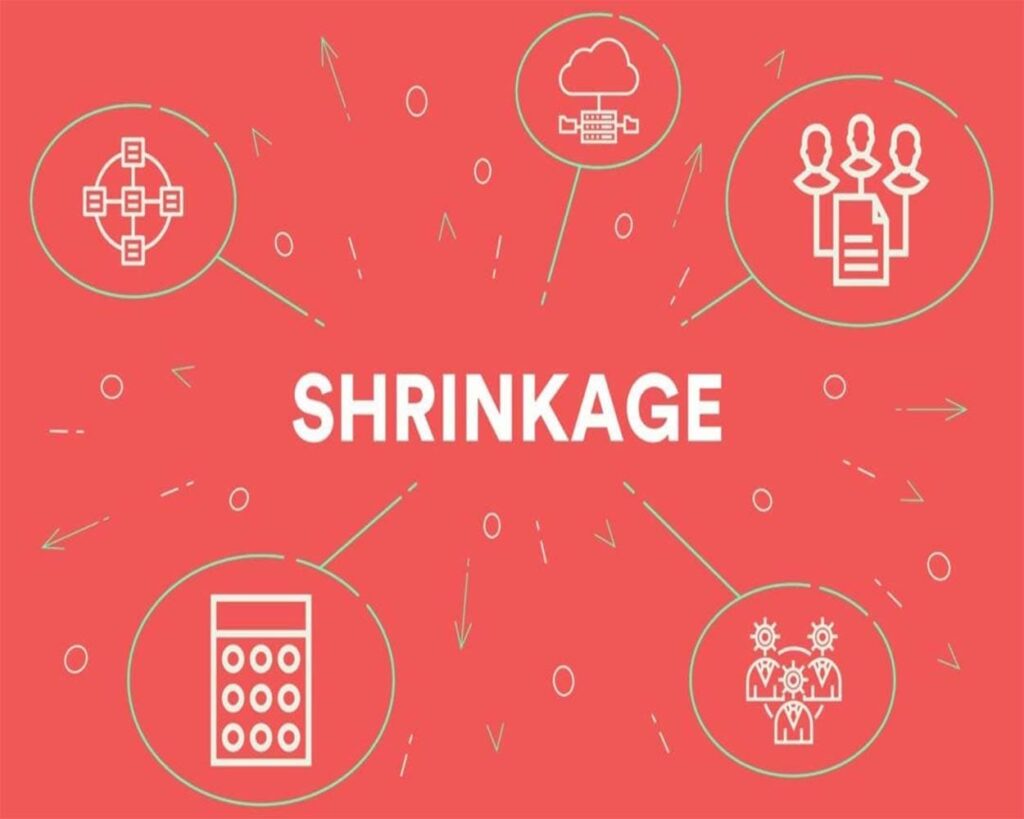At its core, Workforce Management (WFM) ensures your business’s understanding of its staffing needs—who’s doing what, what needs doing, how long does it take to do and how many employees are needed at any given time. Broadly speaking, you’re implementing workforce management best practices if you’re staffed with the right number of people across each interval and consistently achieving defined goals. One of workforce management’s many interlocking factors is shrinkage. What is call center shrinkage? Shrinkage in a call center is the percentage of time that your employees are paid, but are not working on incoming production items. While shrinkage can be valuable (e.g., time spent in training, one-on-one coaching sessions, etc.), excessive shrinkage inhibits productivity, exacerbates stress, and inflates expenses. A proactive and realistic call center shrinkage forecast mitigates risk and allows you to fully invest in your employees while achieving business goals.
Below are key considerations when implementing call center shrinkage management:
1. Start with the finish — What (or who) is central to your ideal future state? Are you solely focused on productivity, or are you also forecasting customer and employee satisfaction activities? Are your target areas being adequately addressed? To ensure alignment of assumption between the business and the workforce management team, these questions must be thoroughly discussed. Spending time up front to agree on reasonable expectations will ensure that business requirements align with workforce management forecasting methodology.
2. Divide and conquer — Call center shrinkage’s components typically occupy two top-level categories of in-office and out-of-office. The former consists of team meetings, one-on-ones, trainings, employee development exercises, and breaks; the latter refers to PTO, vacation time, FMLA, and planned or unplanned absenteeism. Categorizing your call center shrinkage components to include a secondary level will improve actionable understanding of the opportunity.
3. Collaborate on what’s controllable — After you’ve categorized your shrinkage components, collaborate with the business on controllable shrinkage assumptions. Often, controllable elements refer to employee development exercises (monthly one-hour meetings, biweekly check-ins, daily huddles, etc.). Every business may have unique requirements, and all are attainable through forecasting, scheduling, and transparent communication.
4. Prepare for what isn’t — You can’t control the weather or the bout of flu that hits your staff each January like clockwork; however, you can evaluate trends and proactively arrange to account for repeatable situations in your capacity plans, adjusting in the moment with as much lead time as possible for non-repeatable issues. Most contact centers utilizing workforce management implement three practices—long-term capacity planning, short-term forecasting and real-time adjustments based on daily ebb and flow—and the same goes for shrinkage. Rather than driving blindly toward an ideal future state, forgo “vacuum planning” and instead merge seasonal information, historical data, business insights and real-time trends with actionable game plans to drive a proactive call center shrinkage plan and facilitate positive outcomes.
5. Get competitive — People respond positively to evaluation and act in accordance with what they’re being measured on. That said, the more the workforce management team discusses measures and highlights shrinkage variability in a transparent manner with the business, the more positive adjustments you’ll notice as the workforce calibrates toward your feedback. Discussing call center shrinkage data on a site-to-site level fosters best-practice sharing across your locations, focused on reducing variability and improving overall results. This transparency also creates a fun air of competition within the sites.
6. Establish a baseline and create a capacity plan — Now that you’ve evaluated your trends and obtained business requirements, you can establish a baseline shrinkage percentage to incorporate into your capacity plan. Hiring for work plus shrinkage (rather than for work alone) reduces your risk of understaffing and ensures that you have sufficient resources to balance your employee and customer needs.
7. Forecast, review, refine, repeat — Call center shrinkage management is continuous. To implement long-term best practices, you’ll need to constantly review actuals vs. trends, adjust, refine, reforecast and highlight your rationale to the business. Ultimately, your process might look something like this:
- Create a shrinkage forecast by month for a rolling twelve months (or any agreed-upon timespan) based on a combination of trends, business requirements, and insights.
- At the month’s end, compare your observed results with the original forecast.
- Where appropriate, determine the root cause of variance between your forecast and your results, including a review of variability across locations and teams.
- Modify your forecast based on current reality and trends, to make your next month’s forecast as accurate as possible.
- Share the reforecast with the business, highlighting the impact of the change to FTEs/costs, and facilitate discussions to reduce variability and obtain desired performance.
- Keep the process going: with each component and time frame mastered, increase your level of granularity and continue refining. Your forecast accuracy, employee satisfaction, and overall productivity will improve with each iteration.
Workforce management is as effective as its components — the better-equipped you are to handle shrinkage in the call center, the better-equipped you will be to cultivate a sustainable, holistically healthy workforce for years to come.
Please visit our Workforce Management page to learn more about how we have helped companies optimize their workforce operations.




